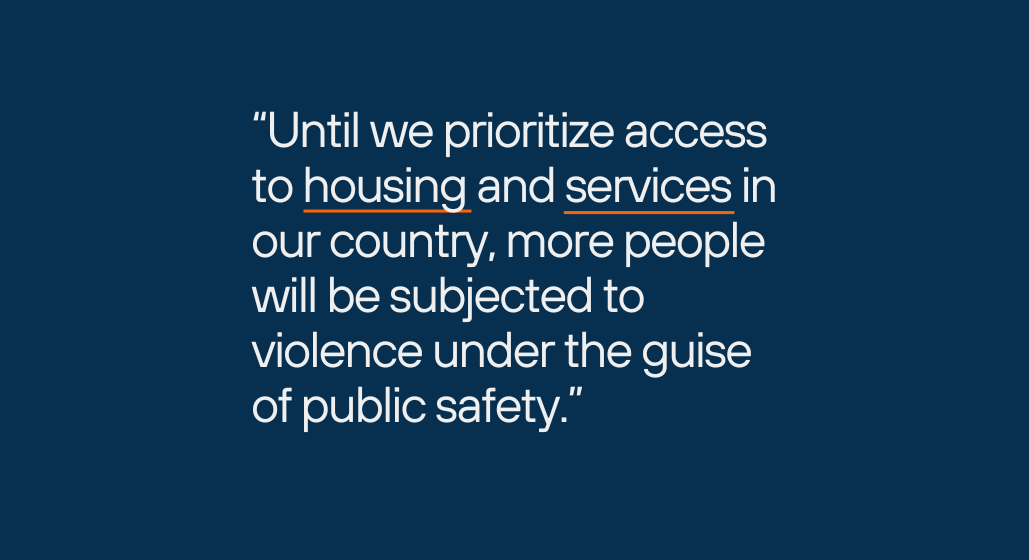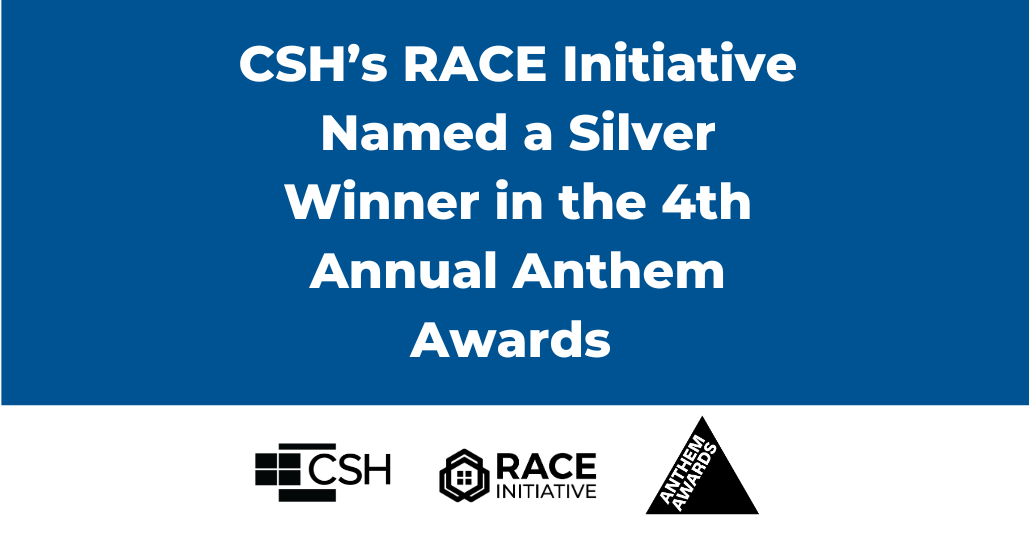Tomorrow, the Final Rule on Defining “Chronically Homeless” will be published in the Federal Register with an effective date of January 15, 2016. It is available for public inspection in the Federal Register today. It has been a long road getting to this final definition, and we think it is important as we release this rule to provide some context on how we got here and explain why we made the decisions we made. Today’s message is the first of two messages about the rule and focuses more on the process we used to develop the final definition. Next week you will hear from my Senior Advisor, Marcy Thompson, who heads up our efforts on chronic homelessness and had the responsibility of getting the final rule completed. Her message will focus on what we think this new definition will mean for the work that you do.
While ending chronic homelessness has been a goal since the early 2000s, with better data we have only more recently begun to understand how people meet the definition and how the definition impacts the way programs operate at the local level. We assumed that most people met the definition of chronic homelessness based on long and continuous periods of homelessness rather than the episodic pattern of homelessness. However, when HUD and the U.S. Interagency Council on Homelessness (USICH) examined the data in 2012, we found that communities were identifying many more people who met the definition based on having experienced four or more episodes (now referred to as “occasions”) instead of the long and continuous periods as we had assumed.
At that point we had already made our first attempt at proposing a new definition of chronically homeless – it proposed that each occasion of homelessness include a total of at least 15 consecutive days. Technically, this would have allowed someone to be considered chronically homeless in as few as 60 days over a period of 3 years while someone experiencing homelessness continuously would have to be homeless for at least 12 months consecutively. Taking into consideration comments we received and what we were learning about the nature of chronic homelessness we realized that we needed to take a step back and reconsider what we were trying to accomplish with this new definition.
In May 2012, we convened a group of experts—providers, researchers, and advocates—to get varying perspectives on how we could use the definition to better ensure that we were really focusing on those persons with disabilities whose homelessness had been persistent. At the conclusion of that meeting there was almost unanimous agreement that the definition should require a minimum of 12 months either continuously or cumulatively. That discussion planted the seed that would become the definition included in the final rule. In early 2013, HUD again requested public comment on a proposed definition of chronically homeless that would have required the four occasions to total 12 months cumulatively. We received 177 public comments about the proposed definition. The preamble in the final rule available today includes the comments that were received and how each was addressed, and explains HUD’s policy reasons for the decisions we made.
Following is a summary of the most significant changes between the definition of chronically homeless currently in effect and the definition included in the final rule:
- To be considered chronically homeless, a person must have a disability and have been living in a place not meant for human habitation, in an emergency shelter, or a safe haven for the last 12 months continuously or on at least four occasions in the last three years where those occasions cumulatively total at least 12 months;
- Replaced “disabling condition” with “homeless individual with a disability”;
- There is not a minimum number of days in which each occasion must total but instead, occasions are defined by a break of at least seven days not residing in an emergency shelter, safe haven, or residing in a place meant for human habitation;
- Stays in institutions of fewer than 90 days do not constitute a break and count toward total time homeless; and
- The final rule establishes recordkeeping requirements for documenting chronic homelessness that take into account how providers use Homeless Management Information Systems (HMIS) and that does not require documentation of each day of homelessness but a method that can be more easily implemented.
We understand that implementing this new definition will have a significant impact in communities. Beginning January 15, 2016 when the new definition goes into effect, any persons served in permanent supportive housing (PSH) that is required to serve persons that are chronically homeless (either dedicated or prioritized) may only accept new participants that meet this definition. Program participants who are already residing in these programs will not be affected.
In the coming weeks, we will be offering multiple webinars to ensure that all Continuums of Care (CoCs), recipients of CoC Program-funded PSH, and other stakeholders have the opportunity to hear more about the definition and what HUD expects. We will send out a listserv with information about those dates and how to register. A new help desk is now available for questions specific to the definition of chronically homeless. Those questions can be submitted through the HUD Exchange Ask A Question (AAQ) Portal. Select “CoC: Continuum of Care Program” from the “My question is related to” drop down list on Step 2 of the question submission process and type “Chronically Homeless Definition” in the subject line.
Thank you, as always, for your efforts to end homelessness.
Ann Oliva
Deputy Assistant Secretary for Special Needs
United States Department of Housing and Urban Development
Download this SNAPS In Focus: Final Rule on Defining Chronically Homeless Part I: How We Got Here
View SNAPS In Focus Messages





